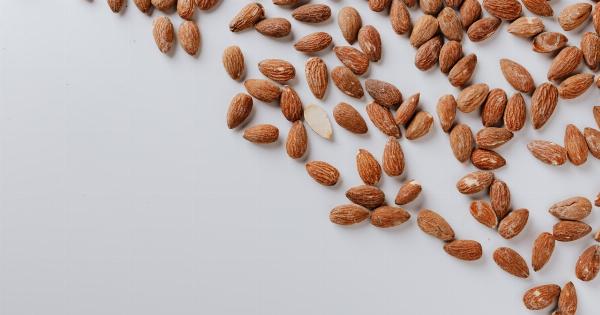When we talk about protein-rich foods, the first few items that come to our mind are usually chicken, eggs, fish, and red meat.
But what about legumes? Legumes are a type of plant food that are high in protein, fiber, and essential nutrients, but are often overlooked. This article aims to shed light on the unsung heroes of legumes and their numerous health benefits.
What are Legumes?
Legumes are a group of plants that include beans, peas, lentils, and peanuts. They are members of the family Fabaceae and are known for their unique ability to fix nitrogen in the soil, which makes them an environmentally sustainable crop.
Legumes are a staple food in many cultures around the world and are a great source of plant-based protein.
Health Benefits of Legumes
Legumes are incredibly nutritious and offer a wide range of health benefits. Here are some of the key benefits:.
1. High in Protein
Legumes are an excellent source of protein, especially for vegetarians and vegans. Most legumes contain around 20-25% protein by weight, which is comparable to the protein content in meat.
Eating a diet that includes legumes can help you meet your daily protein needs without consuming too much fat or cholesterol.
2. High in Fiber
Legumes are also high in fiber, which can help improve digestive health and prevent constipation. Fiber can also help regulate blood sugar levels and reduce the risk of developing type 2 diabetes.
3. Good for Heart Health
Several studies have found that legumes can help lower cholesterol levels and reduce the risk of heart disease. This is because legumes contain high levels of soluble fiber, which can bind to cholesterol in the blood and remove it from the body.
4. Rich in Essential Nutrients
Legumes are a great source of essential nutrients like iron, zinc, and folate. Iron is important for the production of red blood cells, while zinc is important for immune function and wound healing.
Folate is essential for cell growth and development, especially during pregnancy.
5. Sustainable Food Source
As mentioned earlier, legumes have the unique ability to fix nitrogen in the soil. This means that they do not require synthetic fertilizers, which can be harmful to the environment.
Growing legumes can help improve soil health and reduce greenhouse gas emissions, making them a sustainable food source.
Types of Legumes
There are many different types of legumes, each with their unique taste and texture. Here are a few of the most popular types:.
1. Beans
Beans are perhaps the most well-known type of legume. They come in many varieties, including black beans, kidney beans, and chickpeas. Beans are a staple in many cuisines around the world and can be used in soups, stews, and salads.
2. Peas
Peas are a smaller type of legume that are often used as a side dish or in soups. They can be green or yellow, and are a good source of protein and fiber.
3. Lentils
Lentils are a type of legume that come in many varieties, including red, green, and brown. They are a great source of protein and fiber, and are often used in soups, stews, and Indian curries.
4. Peanuts
While most people think of peanuts as a nut, they are actually a type of legume. Peanuts are a great source of protein and healthy fats, and are often eaten as a snack or used in Asian cuisines.
Conclusion
Legumes are a versatile and nutritious food that should be a staple in any healthy diet. They are a great source of protein, fiber, and essential nutrients, and can help reduce the risk of heart disease and type 2 diabetes.
By choosing to include legumes in your diet, you are not only improve your health but also contributing to a more sustainable food system.





























